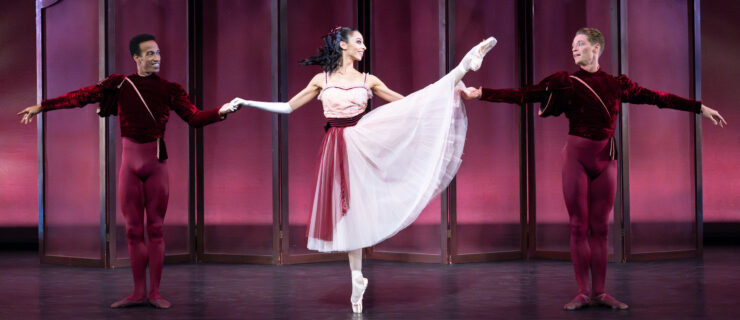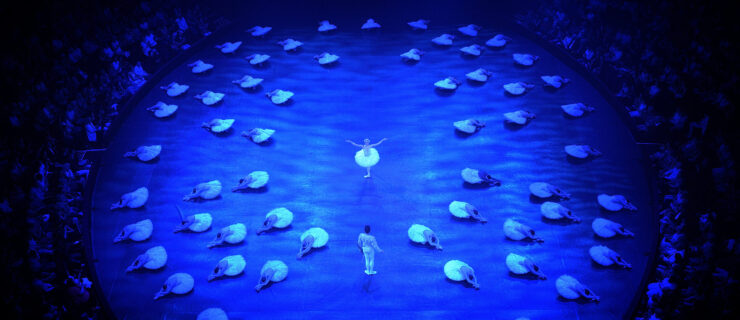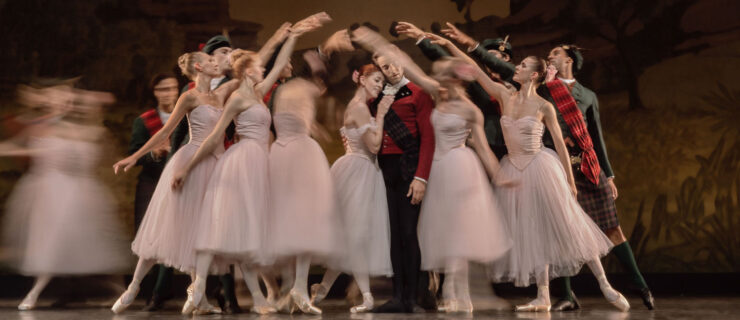When Ballet Attacks
There have been so many blog posts and articles about how ballet and ballerinas are portrayed in Black Swan, that I feel sort of guilty piling yet another one on, but I’m going to anyway. A recent conversation with a friend suggested just one more topic that can be addressed as a result of the movie: The violence of ballet itself.
I know, I know–“violent” is not necessarily the first word that comes to mind when one thinks of ballet, and I absolutely think that Black Swan does not give an accurate picture of ballet or ballerinas. But while the psychological and physical suffering shown in the movie is overblown and very cliche, I think that the sense of ballet being not only a delicate, but also a violent art, is valid. The bloody and bunioned toes from spending hours in pointe shoes (which we all know are not designed for ultimate ergonomic comfort), the bruises and scratches from partnering, and the aches that greet the dancer when she gets out of bed every morning , all attest to this. The fact that every professional dancer has to do something, or many things, to mitigate the effects of ballet on their body, that it clearly does damage to practice ballet intensively, is further proof of its violent nature. Pilates, Gyrotonics, ice, heat, physical therapy, massage–all these things help the body recover when ballet attacks. I mean, how many of you have listened to pedestrians complaining about some pain somewhere, and thought “you have no idea. This is how I feel every day.”
Ballet is not only physically violent, it also has psychological weapons in its arsenal. There’s nothing like ballet to make you feel inadequate or weak, and it’s stressful to have to depend on the opinions and whims of teachers and directors to get attention in class, get chosen at auditions, or move up in a company. Competing with other dancers all the time can wear a person down, and when your body is tired all the time, it’s hard to stay positive.
Toni Bentley recently wrote in a post for The Daily Beast that Black Swan disrespects ballerinas in making them out to be victims of this violence, unable to resist it and trying desperately, and in vain, to run from it. I think she’s right, and this is relevant to the point I’m trying to make here. To make it as a professional dancer, you have to be strong enough to fight back, to not let yourself be a victim, and this takes incredible dedication and control. The ethereal beauty of the ballerina masks the steely determination and fortitude she relies on, and has spent her life building, to resist the violence of ballet. For this, they deserve much more than applause; they deserve enormous popular respect and recognition.
Were she real, Nina Sayers would never have made it. She’s too weak, too cowardly, to survive on the battlefield.





